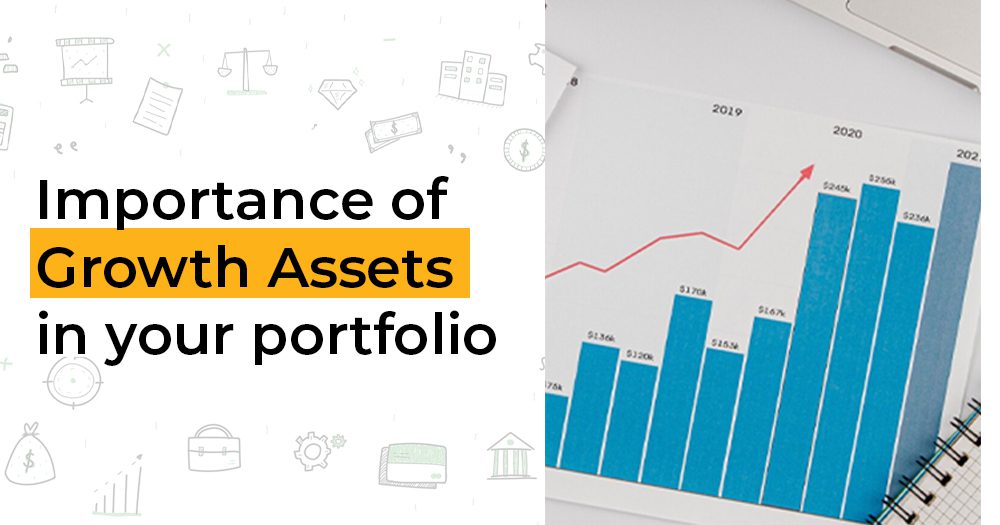Transferring your Employees’ Provident Fund (EPF) account when you change jobs is essential to ensure the continuity of your retirement savings. Thanks to the eSeva portal, you can now transfer your EPF account online, making the process smoother and more convenient. If you’ve recently switched jobs or plan to do so, here’s a comprehensive step-by-step guide on how to transfer your EPF online without any hassle.
What is EPF?
Before diving into the process, it’s important to understand what EPF is. The Employees’ Provident Fund is a savings scheme for employees in India, regulated by the Employees’ Provident Fund Organisation (EPFO). It allows employees to contribute a portion of their salary each month towards retirement savings, with employers also contributing a matching amount. When you change jobs, it’s crucial to transfer your EPF to your new employer to keep your savings intact and avoid creating multiple accounts.
Now, let’s go through the online transfer process step by step.
Steps to Transfer Your EPF Online:
Step 1: Login to the Member eSeva Portal
- Visit the Member eSeva portal and log in using your UAN (Universal Account Number) and password. If you do not have a UAN, you can easily generate it by following the process on the EPFO website.
Step 2: Access the EPF Transfer Service
- Once you’re logged in, navigate to the Online Services section and click on “One Member–One EPF Account (Transfer Request).” This option allows you to initiate the transfer of your EPF from your previous employer to your current one.
Step 3: Verify Your Personal Information
- Review and verify your personal information such as your name, mobile number, and bank account details. You will also need to confirm the PF account details of your current employment. This step ensures that the correct information is being used for the transfer.
Step 4: Retrieve PF Details of Previous Employment
- Once you’ve verified your current employment details, the portal will automatically fetch the PF account details of your previous employment. Click on the Get Details button to view this information.
Step 5: Choose Employer for Attestation
- You have two options here:
- Previous Employer
- Current Employer
- You can select either your previous or current employer to attest the claim form based on the availability of the authorized signatory with a Digital Signature Certificate (DSC). Provide the necessary details such as your member ID or UAN.
Step 6: Authenticate with OTP
- In the next step, click on Get OTP. You will receive a one-time password (OTP) on your UAN-registered mobile number. Enter the OTP on the portal and click Submit to authenticate the process.
Step 7: Track Your EPF Transfer Request
- After submitting the OTP, you will receive a tracking ID for your transfer request. You can now view the PF account details and track the status of the transfer online.
- Print out Form 13, sign it, and submit it to your employer within 10 days. This form is crucial as it serves as a formal request to your employer for the transfer process.
Step 8: Employer Review and Approval
- Your previous employer will review and approve the transfer claim. They will forward it to the EPFO for final approval. Once your transfer is processed, you will receive an SMS notification from both your employer and EPFO confirming the successful transfer of your EPF account.
Why You Should Transfer Your EPF Account
Transferring your EPF account from your old employer to your new employer is essential for several reasons:
- Continuity of Retirement Savings: It ensures that all your contributions are consolidated under a single account, making it easier to manage and track your retirement corpus.
- Avoiding Interest Loss: If you don’t transfer your EPF, the account from your previous employer could become inactive after three years of non-contribution, and it may stop earning interest.
- Smoother Withdrawals: Having a single active EPF account allows for seamless withdrawals when needed, either upon retirement or for other eligible purposes like buying a home or medical emergencies.








